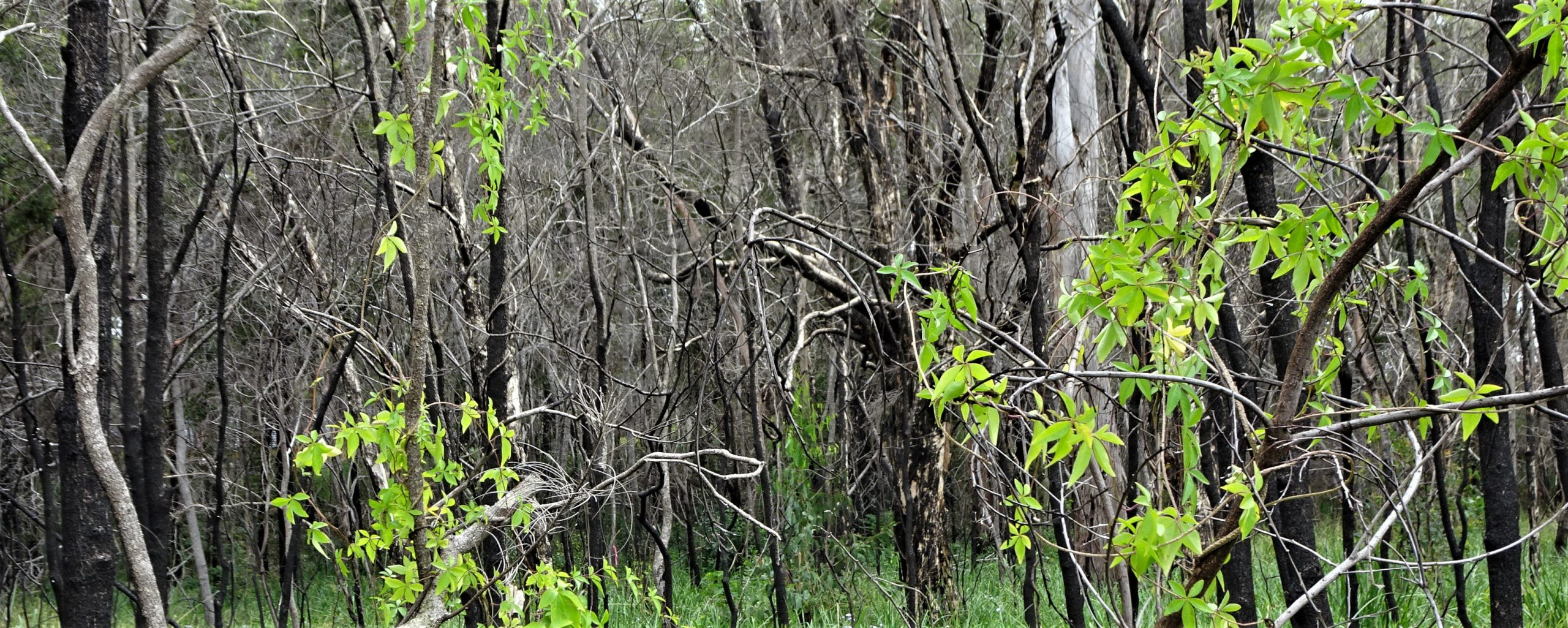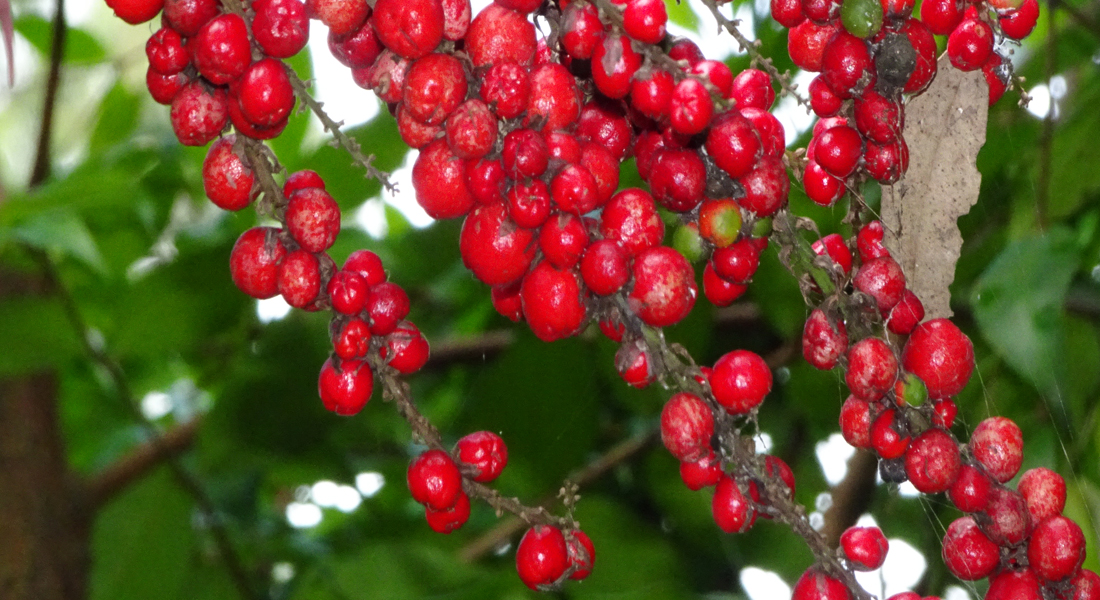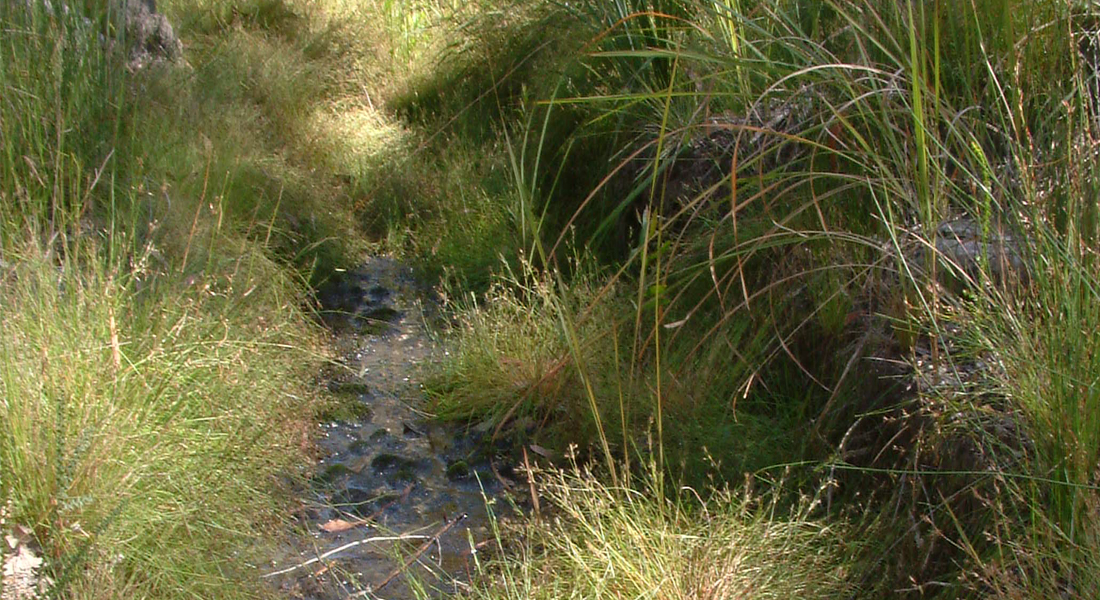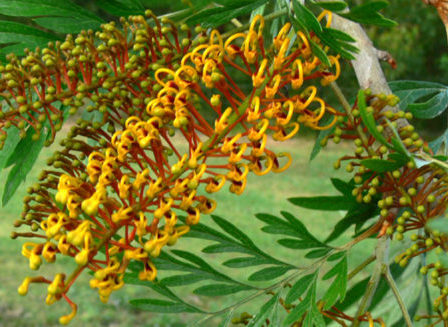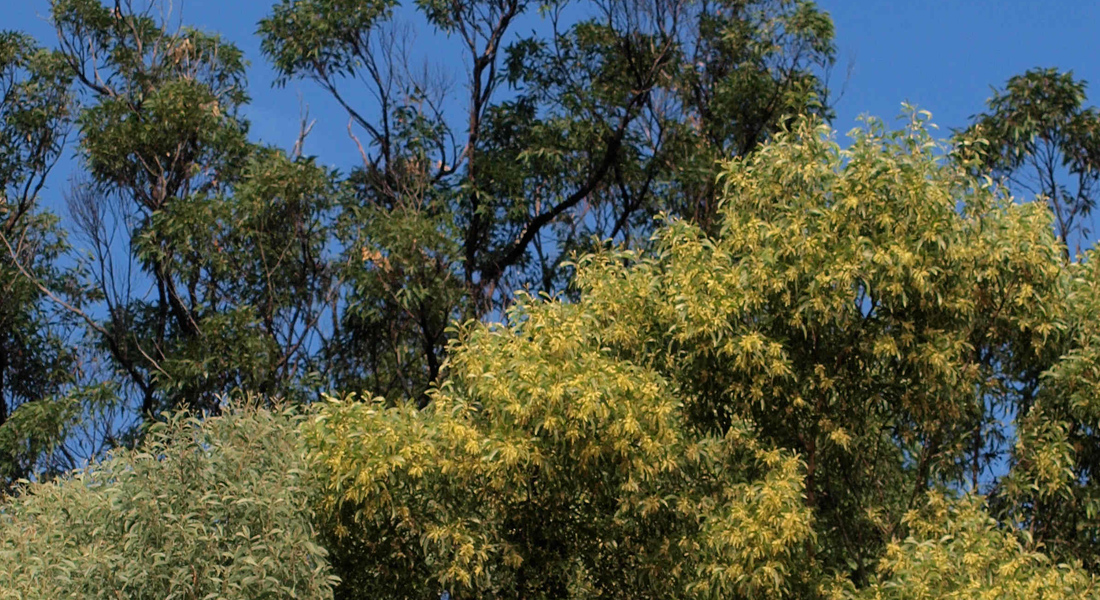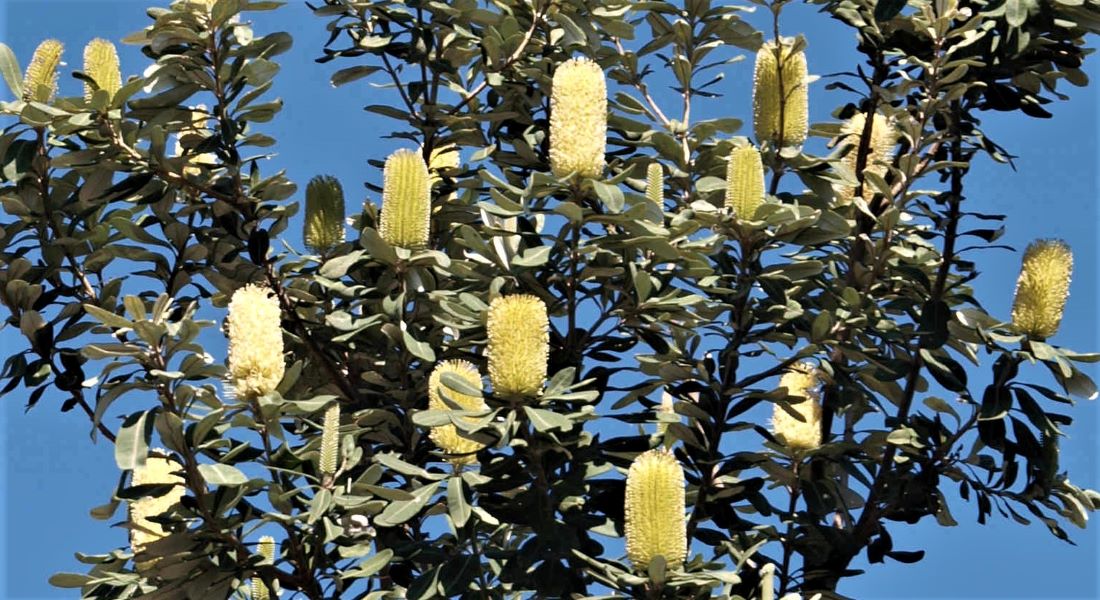Propagation Workshop
On Saturday, 25th July from 9am to 12 noon, members of the Urban Wildlife Gardens program are invited to a free PROPAGATION workshop in the wildlife-friendly garden of professional propagator ROBERT PRICE. This workshop was cancelled because of COVID-19 restrictions, and those on the original booking list will have preference this time, but must again register their interest. There is a limit of 12 participants. Morning tea will be served. Please bring your own mug. Please text or phone Michelle Newall on 0412 074 103 or email uwg@noosariver.com.au for all the details.




